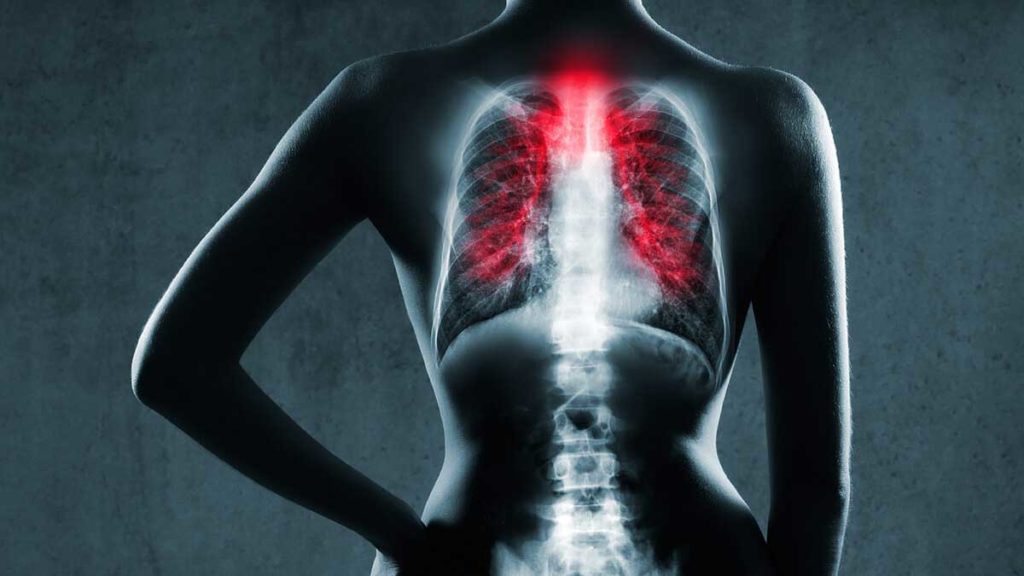
Covid-19 AI diagnostics app is being deployed to identify pathologies in patient’s lungs to help detect covid-19. This helps determine the patient’s triage, or degree of severity and priority of treatment, after CT scan, which classifies the many respiratory-related cases doctors are wading through with much greater efficiency and accuracy.
The categorization of cases by severity will help reduce the pressure on emergency care units, and better allocate medical resources with the implementation of the Covid-19 AI diagnostics.
This support product was approved by Health Sciences Authority as a result of collaboration by lung specialists, engineers and clinicians. BioMind, an award-winning AI company offering solutions in healthcare, hopes to scale its solution all over Asia, Europe, and the US, given the crisis the world is currently facing, says Raymond Moh, CEO of BioMind. He adds that the Covid-19 AI diagnostics app will help equip healthcare workers and assist them in combating the lung virus.
The BioMind application also uses deep learning techniques courtesy of Hanalytics, a medical AI company also responsible for the product. The data-driven solution takes diagnosis from many CT scans with confirmed Covid-19 cases, and uses the data predicatively to assist physicians in recognizing the disease, and accelerates the analysis, diagnosis and report writing.
The Covid-19 AI diagnostics app has been deployed in about 150 hospitals that use CT scans to confirm the virus. Chief radiologist at Hôpitaux Robert Schumann hospital (HRS) in Luxembourg, Dr Niedercorn, supports the adoption of these technologies. He says that the algorithm not only helps detect Covid-19 lung damage, but can quantitatively assess the lung volumes affected, as well as monitor the development of the damage over time.
The development in understanding and management of the effects of the virus, will undoubtedly, make a difference to medical communities across the world and those affected by the pandemic. The deployment of artificial intelligence as a tool, could save many lives – advancing preventative measures in the future through rigorous reporting and analysis of aggregated data.